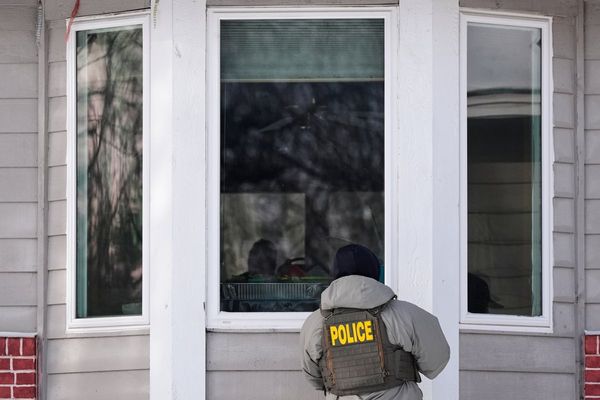Health leaders are calling for a long-delayed independent review into ACT's walk-in centres after the latest public hospital report card revealed damning evidence of the territory's shrinking performance.
Heads of the Australian Medical Association ACT and the Royal Australian College of General Practitioners have said an evaluation will help assess whether the centres were successful in improving primary health and redirecting patients away from emergency departments.
This comes after the AMA's report card showed Canberra's hospitals remained the "worst performer" in the country, for the fifth year in a row, for treating emergency department patients in under four hours.
Additionally, it reported ACT emergency departments hit a record low in 2023 where fewer than half of patients (47 per cent) were treated within four hours.

The ACT AMA and RACGP have also questioned the cost per service (to the taxpayer) at the nurse-led walk-in clinics as compared to GP consults, where doctors have access to a patient's health history.
Walk-in centre last reviewed in 2011
The Australian National University published an independent review of the ACT's trial walk-in centre in 2011 analysing its first year in operation.
President-elect of the AMA ACT, Dr Kerrie Aust, said they sought an evaluation of the centres considering it had been more than a decade since the first one.
The peak body was concerned the centres were expensive and likely to further break up the healthcare model, adding no other state or territory had similar services.

"It's past time that an independent review of walk-in centres was undertaken," Dr Aust said.
"At the very least, [such a] review should give us the data about how walk-in centres are performing and what changes need to be made to ensure the welfare of Canberra's patients is at the centre of our health planning."
The 2011 report revealed the trial centre at Canberra Hospital caused more work for its emergency department, and found the government ignored, selectively used or misinterpreted evidence when planning the centre.
The review, by the Australian Primary Healthcare Research Institute, also found the centre's database did not provide names, addresses, countries of birth and Indigenous identities of patients. Data only referred to a patient's age, gender, condition and treatment outcome.
"The data does not appear to have been edited, and some [service] times in particular are not plausible," it added.
Costs and funding an independent review
The average cost to taxpayers per service at the trial centre was reported as $196 each for 14,688 presentations in 2010-2011, while the ongoing costs of running the centre was more than $2 million per year.

Dr Rebekah Hoffman, the chair for the ACT and NSW at the Royal Australian College of General Practitioners, said the average cost for a GP visit in the ACT was $90 and the Medicare rebate for a standard GP consult was $41.40.
"Even if you're comparing the [$196] to the $90 GP visit, you're paying almost twice as much for a very different service because the GPs are able to take a history, diagnose and treat from beginning to end," she said.
She added patients at walk-in centres, catering to minor injuries and illness like the flu, were either ending up in emergency or back at their GP if nurse practitioners were "unable to do that final treatment component".
Dr Hoffman also said there was no funding for a thorough external evaluation of Canberra's walk-in centres.
"Otherwise how do they actually know where their dollars [are] being spent? And whether they're being spent on the right thing?" she said.
What we know about walk-in centres 15 years later
An ACT government spokesperson said the average cost of $196 per service in 2011 was not relevant as more centres had been added, and patients and staff had also increased since then.
Canberra Health Services did not record the cost per service at a walk-in centre and said it was "not accurate" to compare it with the Medicare rebate for a standard GP consultation.

"For example, if a patient sees a practice nurse to dress a wound or receive an immunisation, this would be billed to Medicare in addition to the GP consultation or funded through the Workforce Incentive Program," a spokesperson said.
They said the ACT government had allocated more than $12 million in 2022-2023 for five walk-in centres, and there had been more than 115,000 presentations across the network last year.
"Averaging expenditure ... this would be less than $110 per presentation, which is approximately the same cost as a standard GP consultation at many ACT practices," the spokesperson said.
They said internal data showed the percentage of walk-in centre patients being redirected to the emergency department was between 5-7 per cent.
"The introduction of walk-in centres has been associated with a statistically significant decline in the proportion of primary care type presentations ... to ACT emergency departments, averaging 1.9 per cent per year between 2013-14 and 2020-21," the ACT government spokesperson said.







